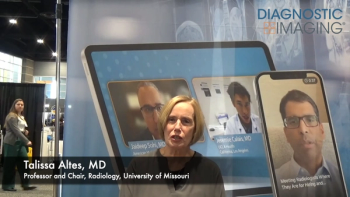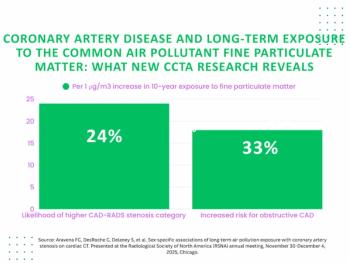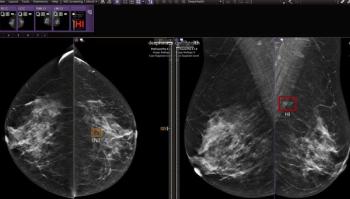
GE launches ‘Healthymagination’ initiative
GE launched today Healthymagination, a six-year initiative that will redirect half of its $1 billion healthcare R&D budget toward driving down the cost of healthcare while boosting access to improved care through technology and service innovations in the U.S. and around the world.
GE launched today Healthymagination, a six-year initiative that will redirect half of its $1 billion healthcare R&D budget toward driving down the cost of healthcare while boosting access to improved care through technology and service innovations in the U.S. and around the world.
GE's chairman and CEO Jeff Immelt announced in a press conference the company's commitment to spend $3 billion in R&D in the next six years to support the new objectives that he says will be met in part through the development of lower cost technologies and a new electronic medical record system to ensure that providers make the best use of medical technologies and available practices.
The initiative is modeled on the company's "Ecomagination" program begun four years ago with the goal of developing and implementing ecofriendly products and services.
Immelt specifically cited low-cost digital x-ray machines, portable ultrasound systems, low-dose CT scanners, and more affordable cardiac equipment as ways to deliver on these promises. Another $2 billion will be provided to finance the acquisition of healthcare IT and improve access to care in rural and underserved areas. GE also committed $1 billion for partnerships, patient education, and other services.
The $500 million per year earmarked for Healthymagination technologies will account for half of the $1 billion GE plans to spend on R&D in each of the next six years, said John Dineen, CEO of GE Healthcare in an interview with Diagnostic Imaging SCAN, a business publication affiliated with Diagnostic Imaging.
He noted that GE's R&D budget will increase in the next four or five years. Funding for Healthymagination projects will originate from this existing, incrementally growing pot of money, according to Immelt.
"What we are really going to be doing is putting our ideas through screens and saying, ‘Hey, is this product going to make a difference from a quality, cost, or access standpoint?' In making that judgment, we want to be sure that we are not simply trading off one for the other," Dineen said.
Funds will go toward producing by 2015 at least 100 innovations that lower cost, increase access, and improve healthcare quality by 15%, Immelt said. The company will share its expertise in management with providers and others in healthcare to bolster productivity, cut costs and improve quality of care.
Among the four priorities of the new initiative is acceleration of the development of healthcare information technology. The other three will target the design and production of high-tech yet affordable healthcare products, broaden access to underserved patients, and support consumer-driven health. Some of the effort from this initiative will be directed internally to expand employee health efforts by creating new wellness and healthy worksite programs, while keeping cost increases below the rate of inflation.
Newsletter
Stay at the forefront of radiology with the Diagnostic Imaging newsletter, delivering the latest news, clinical insights, and imaging advancements for today’s radiologists.




























